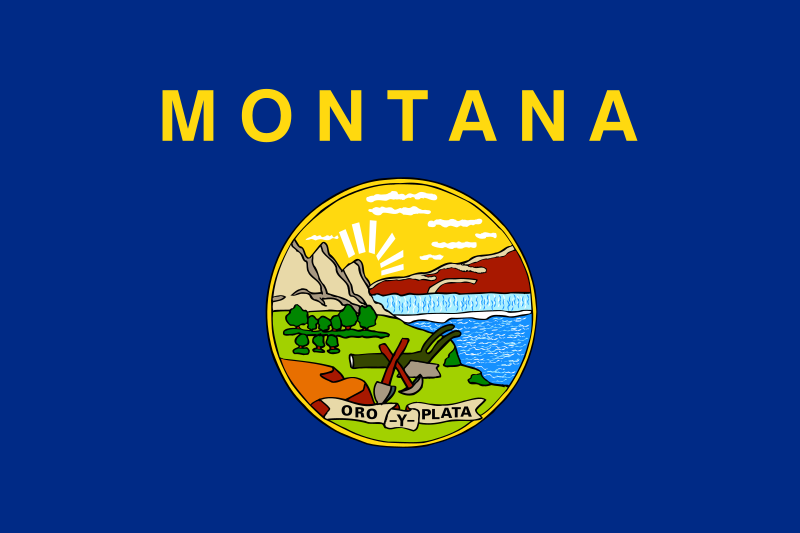Voters will decide in 2022 on a measure to change the election of state supreme court justices in Montana from nonpartisan statewide elections to by-district elections. The measure would not remove any sitting state supreme court justice. Associate justices would be assigned district numbers according to their seat number, and the chief justice would be assigned the seventh district. Associate justices could seek re-election in the district assigned to them or resign from their current district to file to run in another district under the proposed change to state law. The Montana State Legislature would be required to review the districts after the decennial census to ensure the districts contain approximately the same number of residents without dividing counties. The change would take effect after the 2024 general election.
In Montana, a simple majority is required in both chambers of the state legislature to place a legislatively referred state statute on the ballot.
This measure was introduced as House Bill 325 (HB 325) on February 4, 2021, by Rep. Barry Usher (R). The Montana House of Representatives approved HB 325 in a vote of 63-36 with one absent on February 19. It was introduced in the Montana State Senate on February 20, 2021. The Senate passed the measure with amendments on April 23 by a vote of 29-21. The House concurred on April 26 by a vote of 65-34 with one absent. The votes were largely along party lines with four Republican legislators joining the Democratic minority.
Currently, Montana Supreme Court justices serve eight-year terms following a statewide nonpartisan election. In the case of a mid-term vacancy, the governor may appoint an interim justice. If the governor does not select a nominee in time, the chief justice must make the appointment. The appointment must be confirmed by the Senate. If the Senate is not in session, the recess appointee serves until the next session. Once confirmed by the Senate, the judge holds office until the next general election. Any incumbent judge who is running unopposed in a general election is subject to a retention election.
As of January 2021, four sitting judges were elected in nonpartisan elections, two judges were appointed by a Democratic governor, and one judge was appointed by a Republican governor.
Rep. Barry Usher (R), the sponsor of the measure, said that the change would mean that voters are better represented in the supreme court.
The 2022 measure is similar to a ballot measure that was removed from the ballot prior to the June 2012 primary election. Senate Bill 268 (SB 268), also known as LR-119, was placed on the ballot by the state legislature in largely partisan votes. The Senate approved the bill by a vote of 30-20, and the House approved the bill by a vote of 59-40 with one absent.
A group of voters filed a lawsuit against the measure arguing that the measure deprived Montana voters of the right to vote for all state supreme court justices. District Court Judge James Reynolds ruled in favor of the plaintiffs and removed the measure from the ballot. Judge Reynolds said that the measure, which required supreme court candidates to live inside proposed regional districts, would contradict the state constitution. The ruling was upheld in the state supreme court in a 6-1 ruling. The 2022 measure would not require candidates for the supreme court to live in the same district they wish to represent.
The ballot measure is the third to be sent to the 2022 ballot in Montana. Voters will also be deciding on a constitutional amendment that would require a search warrant to access electronic data or electronic communications and a state statute that requires medical care to be provided to infants born alive after an attempted abortion by classifying them as a "legal person" with "the right to appropriate and reasonable medical care and treatment."
Between 1996 and 2020, about 64.6% (42 of 65) of measures that appeared on statewide ballots were approved, and about 35.4% (23 of 65) were defeated.
Additional reading:


